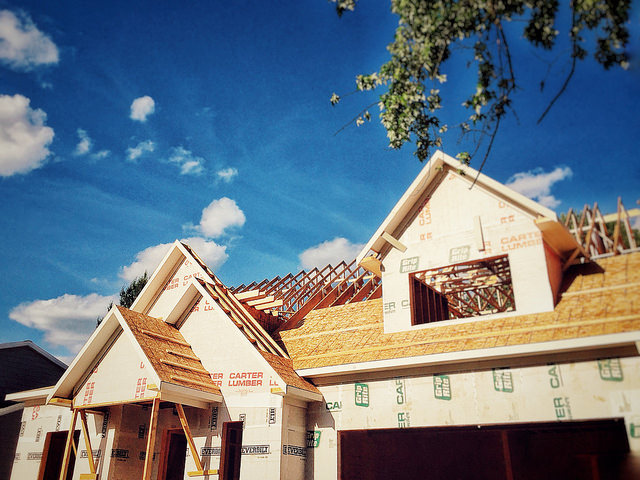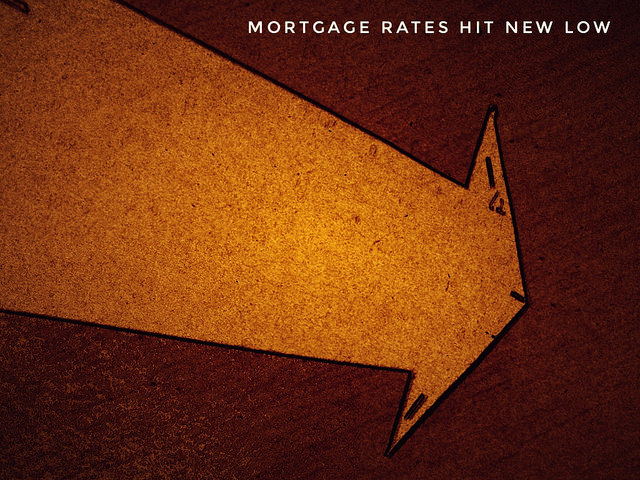A newly released study from researchers at the University of Southern California looks at homeownership rates among young adults between the ages of 25 and 44. The study’s results show, among that age group, there’s been a 10 percent drop in the homeownership rate over the past 10 years. But does that necessarily mean young Americans are no longer interested in owning their own home? Well, no. The researchers point to a number of factors that have contributed to the decline in homeownership among people of typical prime home-buying age. Among them, the foreclosure crisis looms large. Because the past 10 years includes the years following the housing crash and economic crisis, some of that decline is better explained by the day’s economic conditions rather than a lack of desire to buy a house. And, in the years since, the recovery’s slow pace and weakened job market have made buying a home a struggle for many young Americans. However, more recently, home buyer demand has rebounded – as have home prices and the labor market. And, according to this particular study, so will the homeownership rate among young Americans, particularly if there’s a continued rise in education and income levels. More here.












